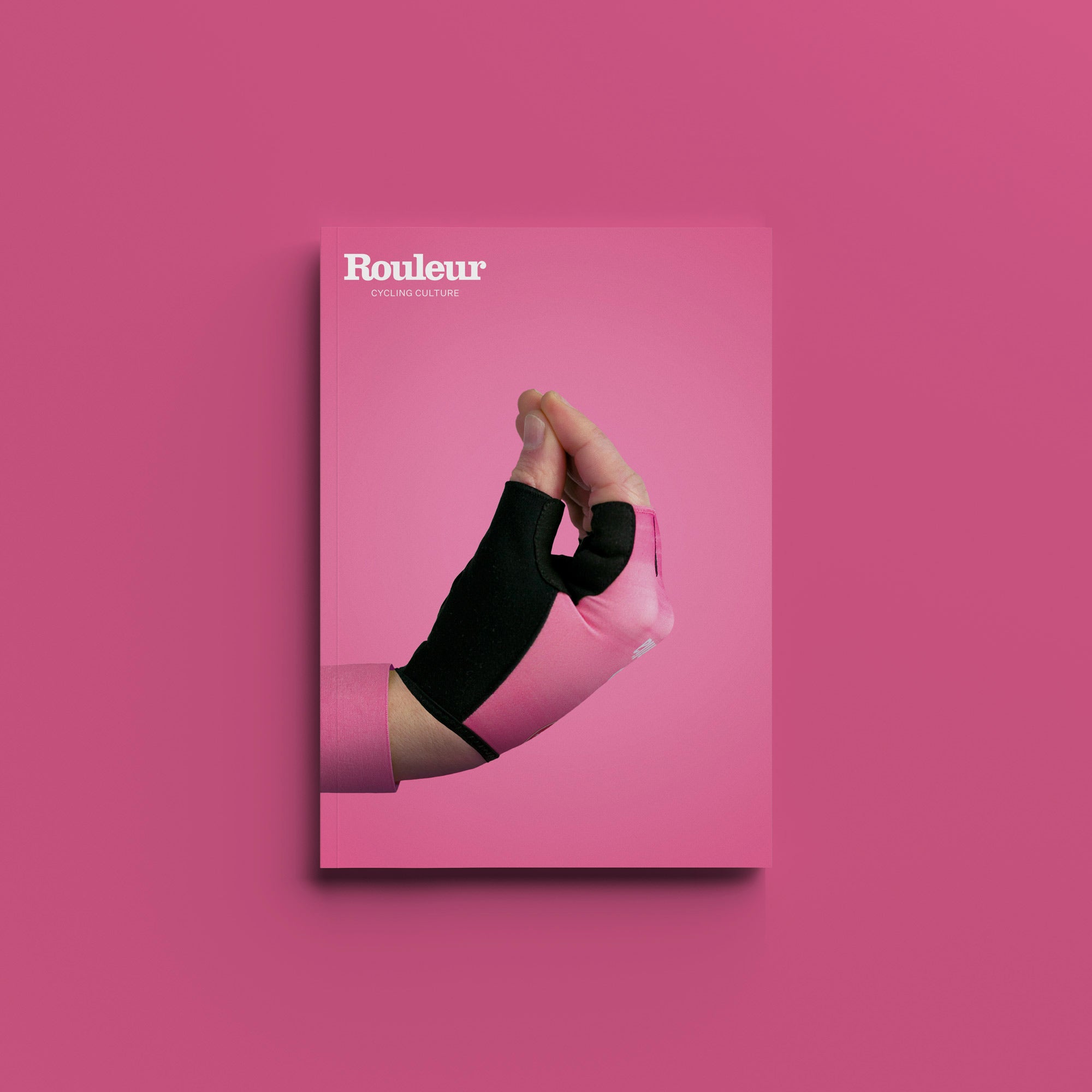Are summit finishes over-rated? Typically, upon the unveiling of any Grand Tour rout, it’s those stages we turn to first. Understandably. They present, on paper at least, the most obvious venues for on the road fireworks and GC fizzle.
With the 2019 Giro d’Italia finally in the mountains after what felt like months of interminable so-called “transition stages”, we found ourselves last week wondering whether they might not be all they’re cracked up to be. Not *only* in terms of raw racing excitement, but also in their ability to affect the overall race. The two things aren’t always conjoined but they often go together.
Excitement is, of course, somewhat in the eye of the beholder. There are those who find time-trials riveting. Presumably. In a strictly sporting sense, however, unpredictability must come into it: how easy is it to forecast when a decisive racing event will occur and the form that it will take.
Summit finishes fare particularly poorly by each of those measures. While we can seldom soothsay the precise moment a move will be made on a long, steep final climb, it rarely comes as a surprise. A moderately well-informed observer will often be able to narrow it down to a kilometre or two. Depending on the state of play you’ll know which of the contenders is most likely to make it, as well.
The grupetto closes in on the summit of Stage 13 of the 2019 Giro d’Italia
Stages that end atop a Zoncolan or an Alpe d’Huez increasingly find themselves reduced to uphill drag races, with the racing in the run up to their lower slopes effectively neutralised. They’re arguably just slower versions of sprints stage, with all the action backloaded to the final kilometres.
As Dan Lloyd pointed out on Eurosport last Friday, when it comes to the overall, “if you go back the last few years the actual time gaps are quite small at the end of mountain top finishes.” Partly this is due to smaller differences in ability, with the top riders all knowing – more or less – the watts each other is capable of putting out on any given climb. It’s also, however, the result of relative risk aversion: get it wrong and it could so easily be race over.
As such “the only attacks you end up getting come at a point at which riders know they can go anaerobic and reach the finish before [blowing up].” Geraint Thomas’ consecutive stage wins at last year’s Tour de France might have been fun for his fans, but they didn’t really impact the race that much.
In contrast, a stage in which the key climb comes early on, with a long, technical descent to follow, tests the riders in multiple different ways. Moreover it’s less predictable, offering more opportunities for them to affect the race.
Tactics and strategy become at least as important as legs and lungs. If a rider goes early, will it cost him later in the stage? Can he make it through the next valley alone or will the lack of allies cost him? Power numbers alone won’t tell a rider whether his rival’s attack ought to be followed.
Sometimes nothing happens at all on such stages, but when it does it can be thrilling. The best recent example is obviously Chris Froome on the Colle delle Finestre last year. I’d popped out for lunch when I received a text from Rouleur’s editor telling me it had all kicked off.
Read: Froome was in pain, overweight and thinking of quitting the Giro
The crucial move was impressive and clever in its own right, but where and when it happened meant the stage kept on giving. The domino effect of decisions Froome and his foes were forced to keep making for the next few hours meant we couldn’t look away for even a moment.
Of course, as some of you will remember, that stage still technically finished on a summit – Sestriere, a smaller one. It could have been very different. What a relief that it wasn’t.
The post The column: Enough of summit finish snooze-fests appeared first on The world's finest cycling magazine.































